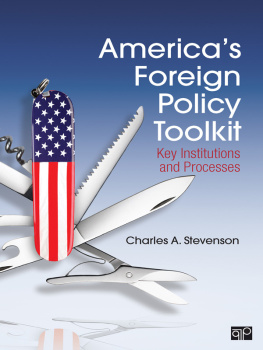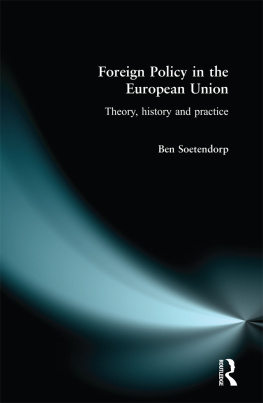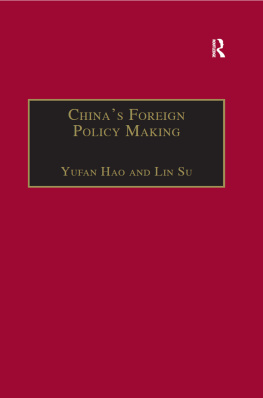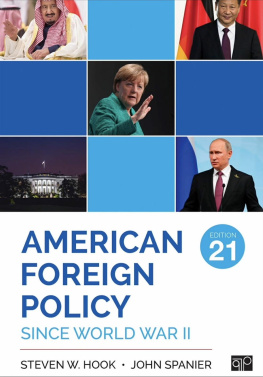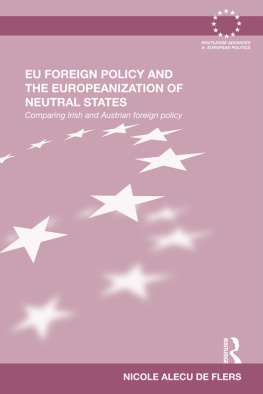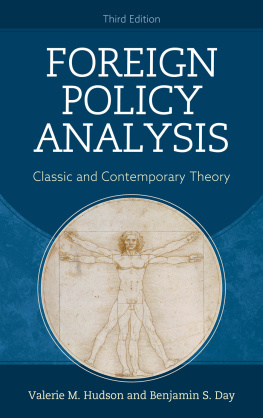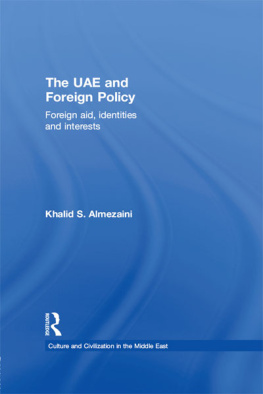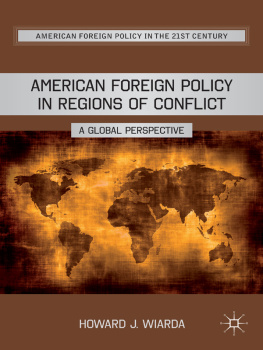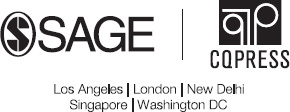Charles A. Stevenson - America′s Foreign Policy Toolkit: Key Institutions and Processes
Here you can read online Charles A. Stevenson - America′s Foreign Policy Toolkit: Key Institutions and Processes full text of the book (entire story) in english for free. Download pdf and epub, get meaning, cover and reviews about this ebook. year: 2012, publisher: CQ Press, genre: Politics. Description of the work, (preface) as well as reviews are available. Best literature library LitArk.com created for fans of good reading and offers a wide selection of genres:
Romance novel
Science fiction
Adventure
Detective
Science
History
Home and family
Prose
Art
Politics
Computer
Non-fiction
Religion
Business
Children
Humor
Choose a favorite category and find really read worthwhile books. Enjoy immersion in the world of imagination, feel the emotions of the characters or learn something new for yourself, make an fascinating discovery.

- Book:America′s Foreign Policy Toolkit: Key Institutions and Processes
- Author:
- Publisher:CQ Press
- Genre:
- Year:2012
- Rating:5 / 5
- Favourites:Add to favourites
- Your mark:
America′s Foreign Policy Toolkit: Key Institutions and Processes: summary, description and annotation
We offer to read an annotation, description, summary or preface (depends on what the author of the book "America′s Foreign Policy Toolkit: Key Institutions and Processes" wrote himself). If you haven't found the necessary information about the book — write in the comments, we will try to find it.
In this brief text for American foreign policy and national security courses, Stevenson focuses on the institutions and processes of foreign policy, beginning with a look at the historical context and then looking in turn at the tools available to the president, congress, and the shared budgetary tools. The following part, Using the Tools, looks at the diplomatic, economic, military, intelligence, homeland security, and international institutions instruments. Stevenson concludes with chapters that consider the important constraints and limitation of the U.S. toolkit. Each chapter ends with a case study that allows readers to connect the theory of the toolkit with the realities of decisionmaking.
Highlights of the texts coverage include:
- A sustained analysis of the U.S. Constitution as a response to security threats in the 1780s, providing a strong historical foundation on and springboard for discussion of this basic document in terms of national security powers;
- Comprehensive coverage of the congressional role overseeing all other policy instruments, showing Congress as an active player in all aspects of foreign policy;
- Analysis of the full spectrum of agencies and activities involved in foreign economic policy, covering the numerous organizations involved in foreign economic policy, the weak coordinating mechanisms, and the various processes (sanctions, trade, foreign assistance, direct investment) used as policy tools;
- A consistent framework for analyzing each instrument (authorities, capabilities, personnel, culture, internal factions, and the role of Congress), which makes comparative analyses of U.S. institutions simple and direct;
- An illuminating overview of the budget process through both the executive and legislative branches, acknowledging the budget process as a shared policy tool, with conflict and feedback, rather than as a linear process;
- A discussion of homeland security instruments and international organizations used as policy tools, highlighting the relevance of these new and often overlooked instruments; and
- A survey of recommendations for reform and the difficulties involved, providing possible explanations of foreign policy failures and alternative organizations and processes.
This must-have text for courses on American foreign policy will be a crucial reference that students will keep on the shelf long after the last class.
Charles A. Stevenson: author's other books
Who wrote America′s Foreign Policy Toolkit: Key Institutions and Processes? Find out the surname, the name of the author of the book and a list of all author's works by series.

